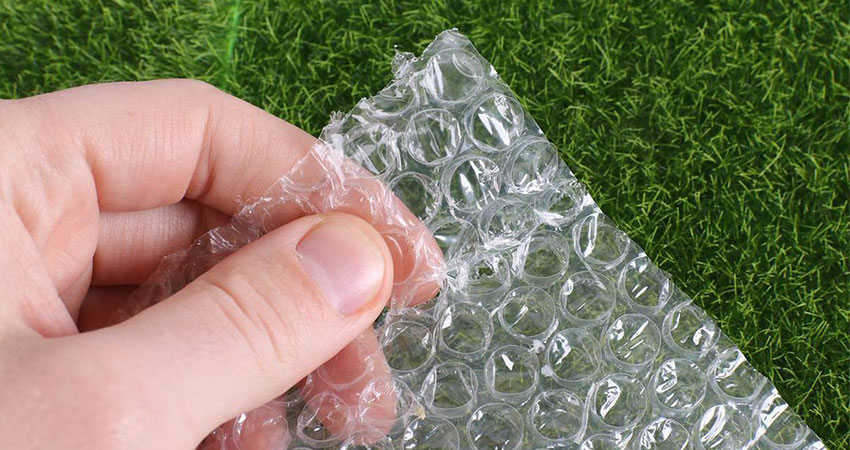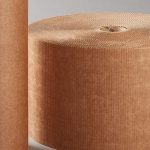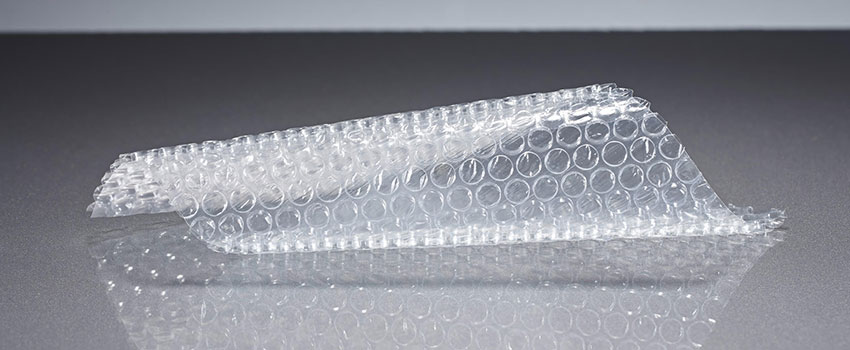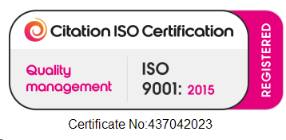When you hear the words “bubble wrap,” your mind may immediately conjure images of packaging fragile items or the satisfying sound of popping bubbles. However, this ubiquitous material holds a surprising secret: it can be a highly effective and versatile the benefits of bubble wrap as an insulator.
From its energy-saving properties to its cost-effectiveness, you’ll discover how this simple, yet innovative, solution can enhance the thermal efficiency of your home.
Bubble Wrap as An Insulator— The Science Behind Bubble Wrap Insulation
To fully understand the Benefits of Bubble Wrap as an insulator, it’s important to grasp the science behind it. The structure of bubble wrap consists of tiny air-filled pockets, creating a barrier that inhibits heat transfer. This trapped air acts as an insulating layer, preventing heat from escaping or entering a space. By utilizing bubble wrap as insulation, you can effectively regulate temperatures within your home and reduce energy consumption.

Enhanced Energy Efficiency
One of the most significant advantages of bubble wrap as an insulator is its ability to improve energy efficiency. Properly applied bubble wrap insulation can minimize heat loss during the colder months and prevent heat gain during warmer periods. The insulating properties of bubble wrap help maintain stable indoor temperatures, reducing the reliance on heating and cooling systems. This translates to substantial energy savings and lower utility bills over time.
Easy Installation and Versatility
Bubble wrap insulation offers a remarkable level of versatility and ease of installation. It can be easily applied to various surfaces, including windows, doors, and walls. Simply cut the bubble wrap to the desired size and attach it securely using adhesive or tape. Due to its lightweight nature, bubble wrap insulation can be easily removed and reinstalled if necessary. This flexibility allows homeowners to adapt and modify their insulation strategies as needed.
Cost-Effectiveness Compared to Traditional Insulation
In comparison to traditional insulation materials, bubble wrap is incredibly cost-effective. Fiberglass insulation, for example, can be expensive to purchase and install. Bubble wrap, on the other hand, is readily available and typically more affordable. Its ease of installation also eliminates the need for professional assistance, further reducing costs. By opting for bubble wrap insulation, homeowners can achieve significant energy savings without breaking the bank.
Additional Benefits of Bubble Wrap Insulation
Beyond its energy-saving and cost-effective qualities, bubble wrap insulation offers additional benefits. It acts as a sound barrier, reducing external noise infiltration into your home. Benefits of Bubble Wrap also provides a layer of protection against condensation, helping to prevent moisture-related issues such as mold and mildew. Furthermore, bubble wrap is a recyclable Packaging material, making it an eco-friendly choice for those seeking sustainable insulation solutions.
Is Bubble Wrap A Good Insulator?
Bubble wrap can provide some insulation properties, but its effectiveness as an insulator depends on several factors. Bubble wrap is made of plastic film with small air-filled bubbles trapped between two layers. The air trapped in the bubbles acts as an insulating barrier, reducing heat transfer through conduction and convection.
As an insulator, bubble wrap can be useful for certain applications. It can help to prevent heat loss or gain when used in packaging or to insulate windows temporarily. It can provide a layer of insulation between objects or surfaces, reducing heat transfer.
However, it’s important to note that bubble wrap is not a highly efficient insulator compared to other materials specifically designed for insulation purposes. Materials such as foam insulation boards or fiberglass insulation typically offer better thermal resistance and are more effective for long-term insulation needs.
Additionally, the effectiveness of bubble wrap as an insulator can be influenced by factors like bubble size, thickness, and the presence of other materials or air gaps. The overall insulation performance may vary depending on the specific application and environmental conditions.
In summary, while bubble wrap can provide some insulation benefits, its effectiveness may be limited compared to specialized insulation materials.
Bubble Wrap For Insulating Windows— Simpler and More Comfortable
When it comes to insulating windows, bubble wrap can be a surprisingly effective and cost-efficient solution. This versatile packing material, consisting of smaller bubbles encapsulated in a sheet, can help reduce heat loss and keep your living space cozy.
Bubble wrap works by creating an additional layer of insulation between your home and the outside elements. It acts as a barrier, preventing heat transfer through the window pane. While single glazed windows, which have a single layer of glass, are less efficient at retaining heat, bubble wrap can significantly improve their insulation capabilities.
To apply bubble wrap to your windows, you’ll need a few simple supplies: bubble wrap sheets, a spray bottle filled with water, and a pair of scissors. Start by cutting the bubble wrap into pieces that match the size of your windows. Make sure to leave a little extra around the edges for easy attachment.
Next, lightly spray water on the window pane using the spray bottle. This will help the bubble wrap adhere to the glass. Then, carefully press the bubble wrap sheet onto the wet surface, making sure the bubbles face the window. Gently smooth out any wrinkles or air pockets for optimal insulation.
For double glazed windows, which already have an extra layer of insulation, bubble wrap can provide an additional boost in heat retention. Simply follow the same steps as above to apply the bubble wrap to the interior side of the window.
One advantage of using bubble wrap as a window insulator is that it allows natural light to enter your space while still providing insulation. You can enjoy the benefits of a warmer room without sacrificing brightness.
In addition to its insulating properties, bubble wrap is a convenient and readily available packing material that can be repurposed for window insulation. It’s a cost-effective solution that can be easily removed when desired, without causing any damage to your windows.
So, whether you have single glazed or double glazed windows, utilizing bubble wrap as an insulating material can help you save on heating costs and create a more comfortable living environment. Give it a try and enjoy the benefits of this simple yet effective solution.
Bubble Wrap
Bubble wrap’s surprising benefits as an insulator extend far beyond its conventional use in packaging. With its ability to enhance energy efficiency, affordability, ease of installation, and versatile applications, bubble wrap insulation is a compelling option for homeowners. By harnessing its insulating products, you can create a comfortable and energy-efficient living environment while simultaneously reducing your carbon footprint.
Ready to experience the advantages of bubble wrap insulation for yourself? Contact us today to discuss your insulation needs and explore how bubble wrap can transform the energy efficiency of your home. Don’t miss out on this cost-effective and eco-friendly solution – make the switch to bubble wrap insulation and start reaping the rewards.







